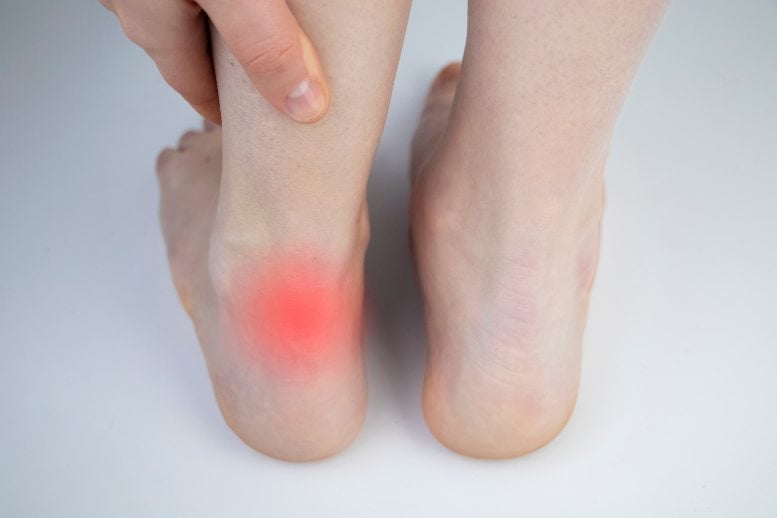Did you know that bone and joint infections in children are most common up to 10 years of age?
“These kinds of infections in children are worrisome and need to be treated in time because they can damage bones and joints, resulting in arthritis, joint stiffness, deformities etc, which can cause pain and walking difficulties,” cautions Dr. Gourav Jandial, Pediatric Orthopedic Surgeon at Sitaram Bhartia Hospital in South Delhi.
What is the most common source of bone and joint infection in children?
Bone and joint infections in children are usually caused by bacteria that enter the bloodstream and grow in the bones and joints.
Bone infection is known as Osteomyelitis while joint infection is termed Septic arthritis, both of which are commonly caused by a bacteria called Staphylococcus aureus.
These infections appear in the first decade of life because of several reasons:
- The structure of the bones in children makes them susceptible to infections as bacteria gets easily lodged especially in the segments of bone near the joints
- In small children, the blood supply of the bones near the joints is such that it predisposes them to infection
- A child’s immune system is not fully developed
- Children tend to fall a lot and trauma puts them at risk for infection
A diagnostic delay or delay in the initiation of treatment of infection is the main reason for bone and joint damage and its complications. This is why it should be considered an emergency and the treatment should be started as soon as possible.
What are the symptoms of bone and joint infections in children?
You may notice the following symptoms in your child:
- Fever
- Pain
- Limited movement of the infected area
Infants may appear to be cranky and inactive. They may refuse feeds and also vomit.
If your child has any of these symptoms, a bone infection should be ruled out.
How are bone and joint infections in children detected?
A clinical examination and tests are required to diagnose bone infection. Tests and investigations include:
- Blood tests
- X-rays to check for fractures and other problems with bones
- Diagnostic imaging, especially MRI scans to evaluate bone marrow for inflammation, or CT or bone scans
- Needle aspiration or bone biopsy (sampling bone marrow or bone); these help assess the type of bone infection
Once the diagnosis of bone infection is confirmed, the treatment is started on an emergency basis.
How are bone and joint infections in children treated?
The treatment for bone and joint infections in children depends on the type and severity of infection and may include:
- Antibiotics for specific infections which may be given orally or intravenously
- Surgery to drain abscesses i.e. pus
Conclusion
With proper and early treatment, most children are able to recover and can resume their routine.
“If your child is diagnosed with a bone or joint infection, your doctor should start treatment on an urgent basis to prevent any delay that could lead to long term complications,” concludes Dr. Gourav.
This article has been written with inputs from Dr. Gourav Jandial, a practicing Pediatric Orthopedic Surgeon at Sitaram Bhartia Institute of Science and Research in South Delhi.
 Medically Reviewed by Dr. Gourav Jandial
Medically Reviewed by Dr. Gourav Jandial
Qualifications: M.B.B.S, Govt. Medical College, Jammu, J&K (2009); P.G. Diploma in Orthopaedics, Govt. Medical College, Jammu, J&K (2013); D.N.B. in Orthopaedics, Indian Spinal Injuries Centre, New Delhi (2015); Fellowship Paediatric Orthopaedics, Chacha Nehru Bal Chikitsalaya, New Delhi (2018); Asian Travelling Fellowship – Paedriatric Orthopaedics, Shiga Medical Centre, Moriyama, Japan (2019)

